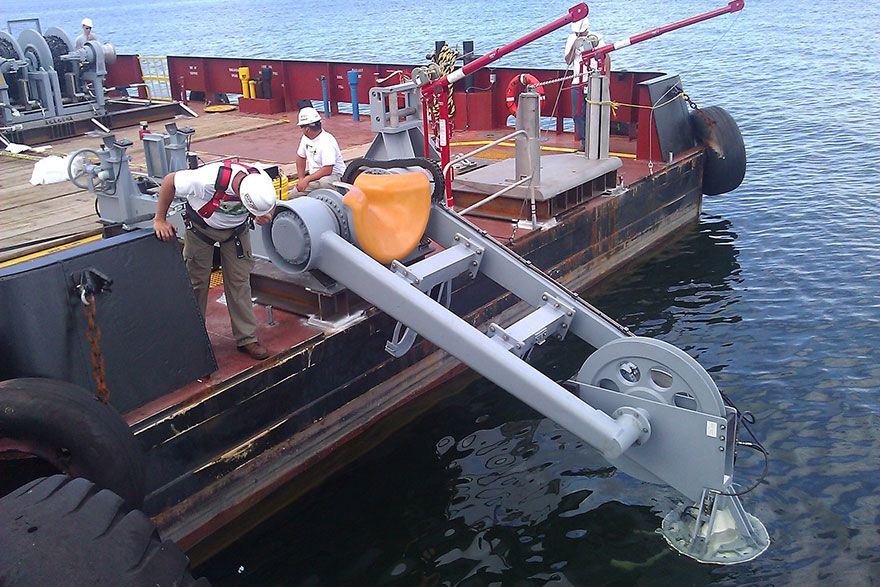Renting offshore equipment is now common in the marine industry. For offshore exploration to advance, it is vital to have equipment that can withstand extreme temperatures, high pressures, and demanding conditions.
Why Is Renting Marine Equipment Trending?
Let us explore some of the reasons for focusing on offshore rental equipment instead of buying equipment.
Operators can avoid investing in CAPEX and incurring ongoing expenses associated with equipment ownership and operation. Speed is one key reason for this. A rental agreement with an agile offshore supplier is much faster than ordering equipment from a conventional supplier. It means less time waiting for equipment to come in, less time lost while engineers wait for equipment, or less time lost when it comes to repairs. Ultimately, it means less risk.

Popular Offshore Equipment
A few of the most popular offshore equipment for sale or rental is:-
- AQC Connector
- Centralizers
- Acoustic releases
- ADCP
- PROtein riser tensioner systems
The ADCP is a popular offshore rental equipment for measuring how fast water moves throughout an entire water column. Indeed, there are many points to discuss. Let’s take a minute to learn more about ADCP,
Acoustic Doppler Current Profiler(ADCP) Recording The Noise Of The Blue!
Researchers use this instrument to measure how fast water moves across one or more water columns. Observations of oceanic movement provide vital information about the ocean’s chemical and physical properties. A horizontal mounting of the instrument on seawalls or pilings of bridges in rivers and canals permits continuous data collection as boats travel from coast to coast.
How Does ADCP Work?
Using continuous rapid pulses, the ADCP emits sound pulses that ricochet off particles suspended in moving water and return to the instrument. Waves returning from particles moving toward the instrument have a higher frequency, while waves returning from particles moving away have a lower frequency. As particles and water move simultaneously, we can calculate how fast a particle and the water it surrounds are moving by comparing the sound waves the profiler sends and the sound waves it receives. As pings that return later will be further away (lower), the system tracks when each ping returns.
ADCPs transmit and receive pings from multiple directions using a series of acoustic transducers. Alternatively, you can mount the instrument right on the seafloor or moor it directly to a stationary object.

Advantages Of ADCP
Aside from measuring water currents accurately and with high resolution in space and time, ADCPs also offer other compelling advantages. Acoustic Doppler Current Profiler can measure currents remotely.
Moreover, ADCP technology is an accurate and safer way to provide quick samples and display discharge results with the completion of the river transect.
The ADCP profiles display water currents variation along with the depth and across the river or estuary. Analyzing the results, operators can study how current distributions vary across the river over time.
It allows them to record all the actions from ships, surface buoys, or subsurface moorings. The ADCP is safer in the latter situation due to high drag forces caused by strong currents. Plus, there is a reduced risk from vandals or collisions by ships.
ADCPs are some of the first oceanographic instruments with significant onboard signal processing. Combining this with a real-time link allowed users to save valuable time and receive timely data for making informed decisions.
Read More – Divulging Various Terminologies Used In Marine Exploration